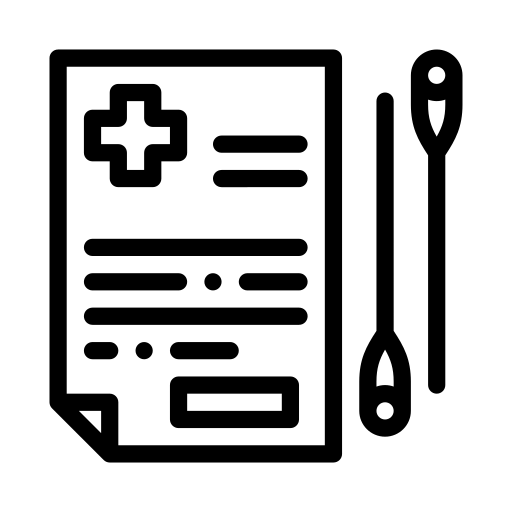Posted March 16th, 2008 by korbenp
This is inspired by Andy’s post below. He refers to an article by Kevin Kelly. Look it over if you haven’t. As I was reading it, my wife walked by the computer and said “oh yeah, that’s an awesome article.” What I’d like to write about here is why she, an artist, and I, and acupunk, had both come across it, and why it’s meaningful to both of us.
My wife, Amy Walsh, has totally changed her relationship to earning a living as an artist over the last year or so. These very conscious shifts have in no small way been informed by Lisa Rohleder’s book about changing the business of acupuncture, and by helping me start Philadelphia Community Acupuncture. In her own work, Amy is going this very direct route of cultivating an audience, or the “true fans” of which Kelly writes.
Two years ago, Amy was showing at an amazing amount of venues in Philadelphia and other places, collaborating with other artists, and earning great critical reviews. She was earning zero net money from this work. She watched her colleagues either quit art-making, or fit it into the wee hours of time between income earning jobs. She, herself, was piecing together adjunct teaching positions, hoping to maybe secure an elusive full-time position within a few years. An occasional lucky compatriot of hers was able to make art full time while not being a New York art star; but, this was by virtue of inheritance.
At the same time, I was treating patients privately at 45 – 65 dollars per treatment. Even though I was having mostly great success with my patients, and even though they were telling other people, and even though I had virtually no overhead, I was far from earning a living as an acupuncturist. I worked a separate 30 hour a week job in addition to treating people.
So, there we were, for years, doing what we do quite well, and feeling like we’d always be broke, always struggle to even pay rent. I think we were both a little hopeless that it could ever be different, felt like that’s just the way it has to be in the advanced capitalist world that places very little value on the non-technological contributions of fine artists and healing artists.
What this community acupuncture revolution has helped us realize is that artists and acupunks (other healers?) have a lot in common in terms of their relationship to the economy and to community. They both contribute something that is vitally important, non-negotiably central to a healthy society. The work of both has been historically undervalued and exploited. For both artists and acupuncturists of our generation, the rules by which we were trained to engage our clients were created largely by peripheral industries which manipulate profits by turning our work into territories of the privileged.
But, Amy and I are also realizing that we can both use the same recipe for taking power back, and for making a living by putting our work in the center of our communities and our communities in the center of our work.
To make big change, you usually have to give up on something to which you’ve been, whether conscious of it or not, committed. One of the things I had to give up on was being some kind of superhero healer, summoning unique therapeutic skills from my own solitary mind and body. On the other hand, I also had to give up on the idea that what I was doing would always exist on the margins, and that, therefore I shouldn’t waste my time reaching out to everyone as potential patients.
It was a similar process for Amy. She had to give up on an unconscious dream that some abstract art establishment was going to recognize her brilliance and crown her a famous star. And, on the other hand, she had to give up on the idea that what she was doing would always exist on the margins, and that, therefore she shouldn’t waste her time reaching out to everyone as potential audience.
What’s most interesting to me here is that in both of our cases, there was a big chunk of unexamined classism in terms of who we were (and were not) allowing ourselves to imagine as our patrons, who we thought the acupuncture and the art were for. Of course we both had a belief that art and healing are human rights, but we couldn’t find our way out of the behaviors that the overall classist economic system helps keep in place.
One interesting story is when Amy had some of her teachers and classmates and other colleagues from Pennsylvania Academy of the Fine Arts over for dinner. She was telling some of them about doing “a painting a day” and selling them on line. Several people in the room were visibly disappointed, and warned her not to use her real name if she wanted to maintain her place in the art world.
There’s a lot to say about Amy’s shift from making only installations for galleries and museums to also making art that she can sell and that people other than the very rich can buy. Lots of interesting stuff about the different people she’s connected to as crafter, the kind of money she’s actually able to earn, her rediscovery of creating beautiful useful objects from the most simple of materials, etc. I’d actually like her to do a guest blog entry because I think it shines a different kind of light on what we’re doing well and not doing well.
